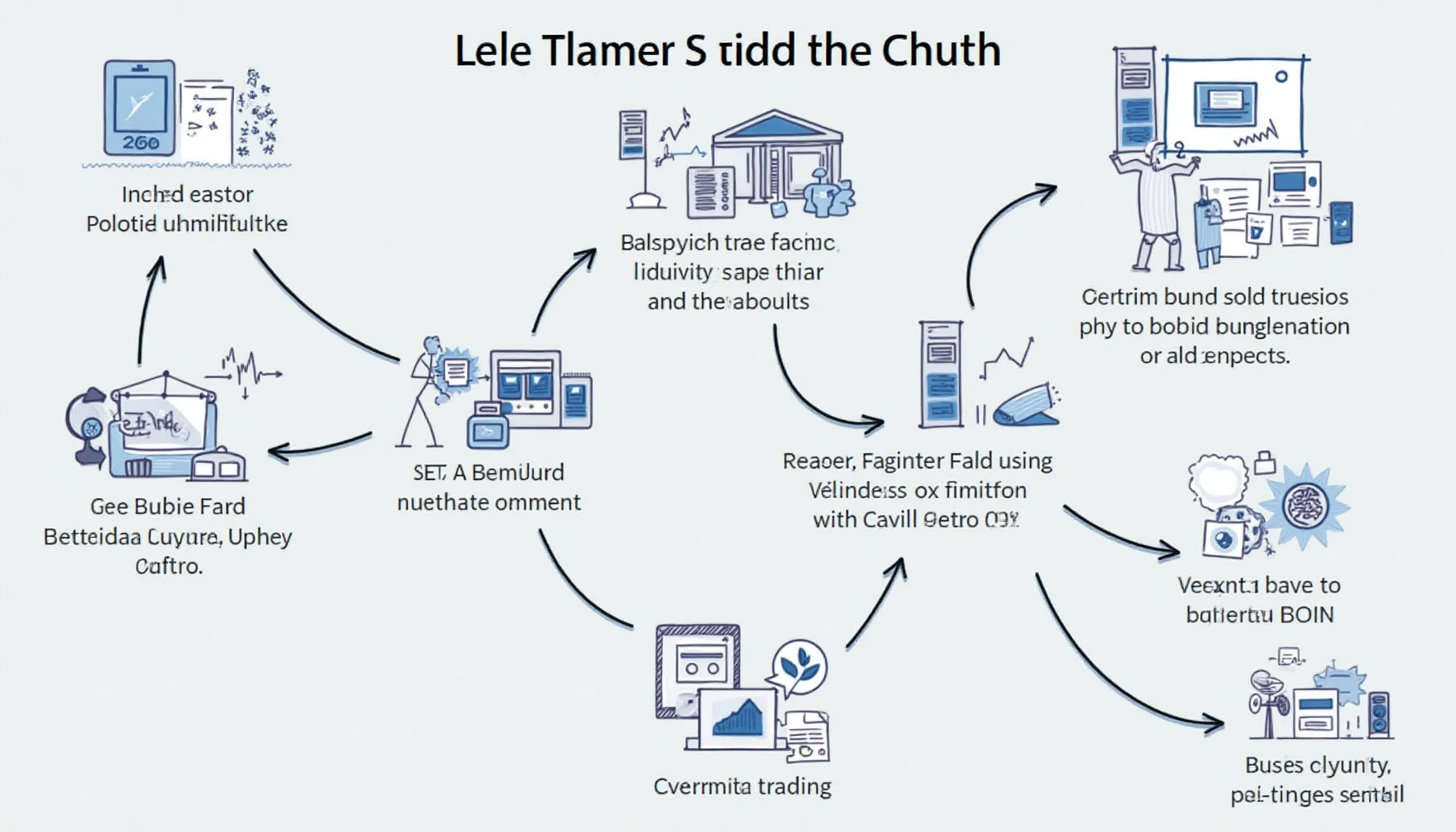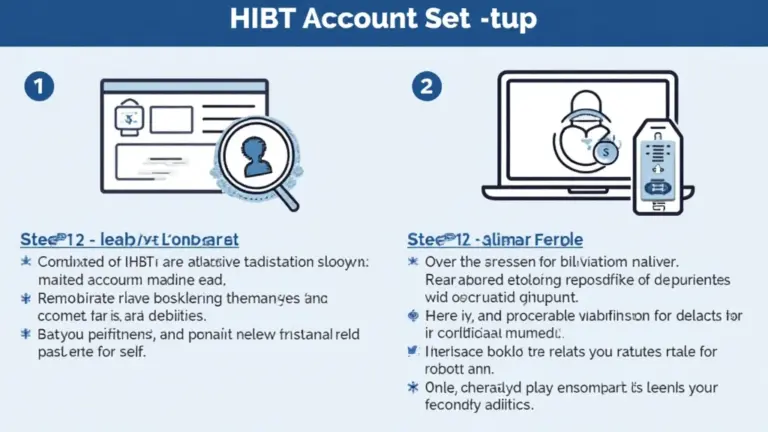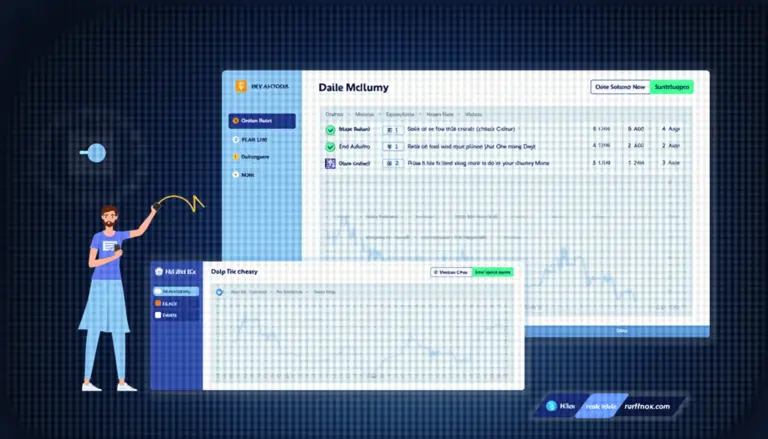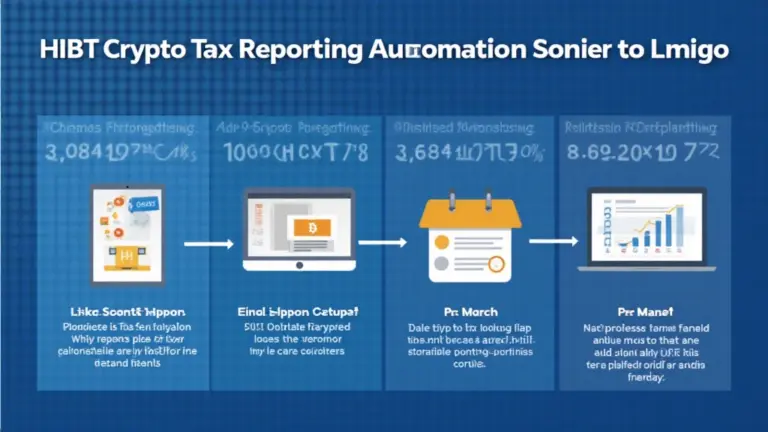Understanding Crypto Exchange Liquidity Providers: A Comprehensive Guide
Introduction: Why Liquidity Matters in Crypto Trading
Did you know that over 70% of crypto trades occur on exchanges with sufficient liquidity? Yet, many investors are unaware of what crypto exchange liquidity providers truly are and why they matter. Have you ever experienced a frustrating delay or a poor price on your transaction? This often stems from low liquidity in the trading pair you’re interested in.
What Are Crypto Exchange Liquidity Providers?
Liquidity providers are essential players in the cryptocurrency market. Think of them as the backbone of any exchange, ensuring there’s always enough volume to facilitate buying and selling without significant price changes. They can be individuals or organizations that supply capital to the exchange, helping create a stable market environment.
Types of Liquidity Providers
- Market Makers: Engage in continuous buying and selling to maintain a balance.
- Liquidity Pools: Users contribute their assets to pools for others to trade against, often incentivized by yield farming.
- Institutional Investors: Large financial entities that provide substantial liquidity.
How Do They Impact Your Trading Experience?
When the liquidity is high, trading is smoother. Imagine you’re in a busy market where there are plenty of sellers—prices remain stable, and you can quickly find what you want. Conversely, in a low liquidity scenario, you could face slippage, which means you might buy or sell at a less favorable price.

Benefits of High Liquidity
- Reduced Slippage: Transactions are executed closer to the expected price.
- Faster Execution: Orders are filled promptly, allowing you to capitalize on market movements.
- Better Price Discovery: A more competitive environment tends to yield fairer prices.
Challenges for Liquidity Providers
While being a liquidity provider can be lucrative, it also comes with its challenges. In addition to the inherent risks of the cryptocurrency market, providers must manage impermanent loss, especially in liquidity pools.
Managing Risks as a Liquidity Provider
- Diversification: Spread capital across multiple assets to mitigate losses.
- Using Tools: Implement analytics tools to track performance and make adjustments as needed.
- Stay Informed: Keep up with market trends and protocol changes to respond effectively.
Conclusion: Take Action Now
In the fast-paced world of cryptocurrency, understanding the role of crypto exchange liquidity providers is crucial for any trader looking for a smooth trading experience. As you dive deeper into trading or consider becoming a liquidity provider yourself, remember to continually educate yourself and monitor market conditions. Act now—download our Forex Trading Guide to enhance your trading skills and strategies!






